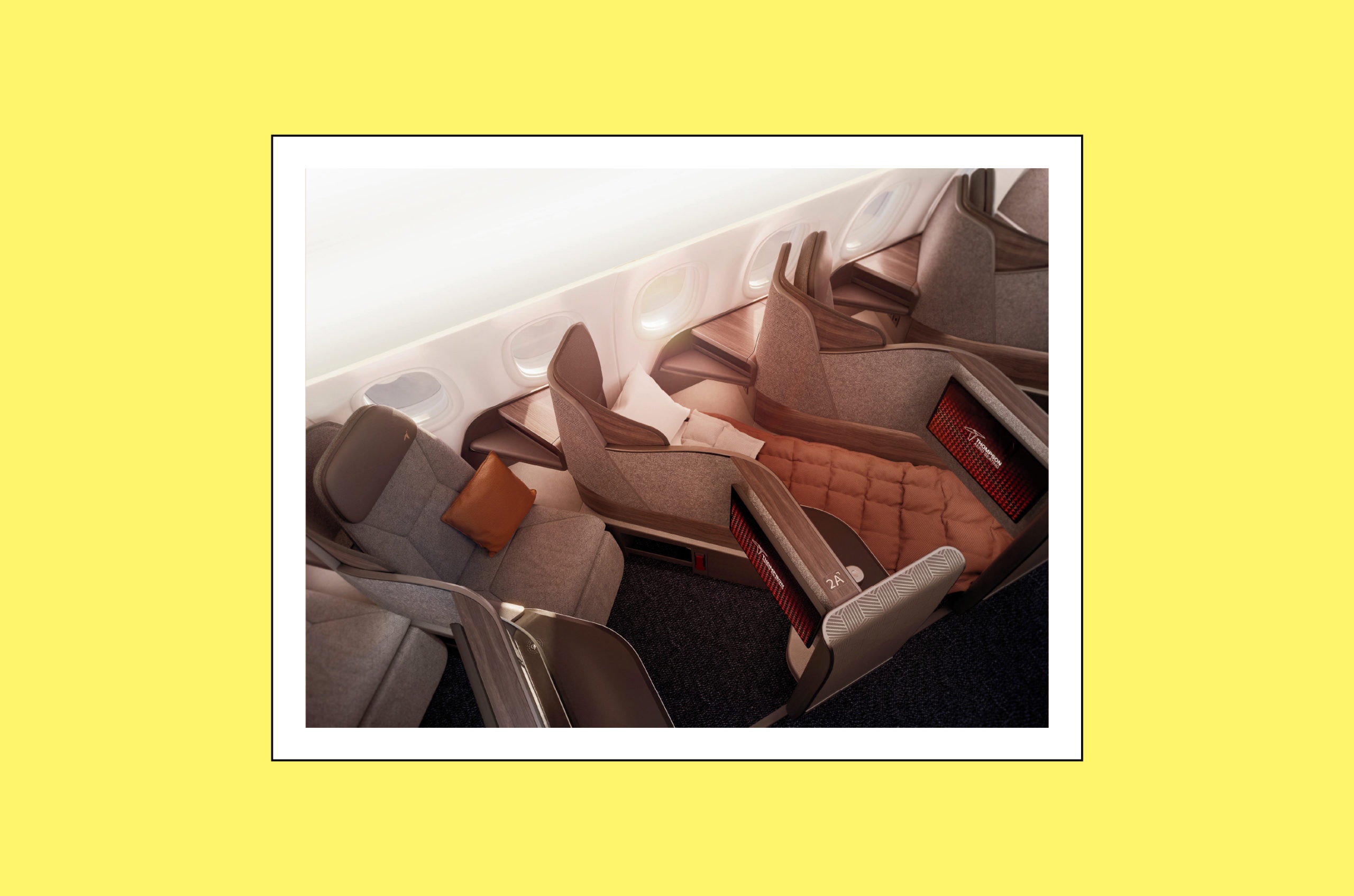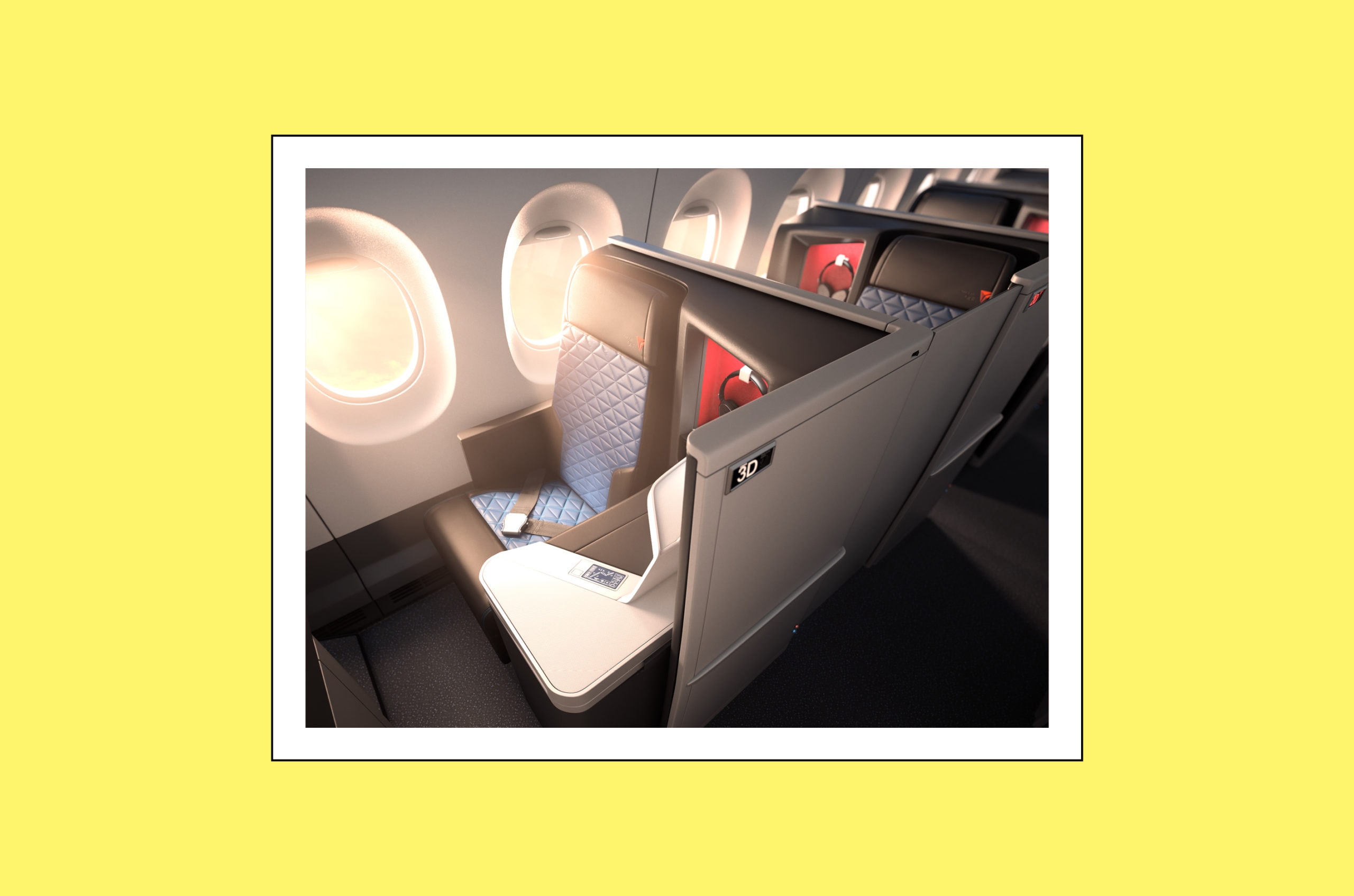Factorydesign and Thompson Aero’s VantageSolo Seat Is Proof That Breaking From Tradition Has Its Rewards
Share

In It Takes Ten, leaders from 10 of the industry’s top design houses share their thoughts on the creative process, sources of inspiration and the many diverging strategies that guide their work. In this section, Factorydesign explains how sometimes the best solutions appear in the most unusual places.
As a boy, Adam White would tinker with a soldering iron and a box of tools, trying to create things he thought would be a good idea. “They often weren’t,” he admits, but that curiosity to find solutions between all the stuff that’s already there continue to drive him today as the founder and head of Factorydesign. “There are opportunities for the invention of things that don’t exist yet, and I love looking for them,” he says.
“An old but perfect example of an ‘in-between space’ that no one had previously spotted, was when redesigning the lavatories on British Airways’ Concorde, I noticed there was a space above the dog-box stowage at the rear of the last seat, adjacent to the cubicle sidewall.” In this nook, Factorydesign added a bustle to accommodate all the previously surface-mounted amenities. Ultimately, it added about 15 percent more width to a lavatory that had been described in the brief as “fixed in stone.”
Through the firm’s longstanding collaboration with Thompson Aero Seating, and a little more tinkering, it has also found ways to expand what it means to book a business-class fare. In 2017, the pair put a sliding door on a business-class seat for the first time – “a triumph of perseverance and technical wizardry,” White says – and this year, they are up for a Crystal Cabin Award for the new VantageSolo seat, which they call “the world’s first all-aisle-access, lie-flat bed specifically designed and optimized for narrow-body, single-aisle aircraft.”

Rather than adapt an existing wide-body solution, they returned to the drawing board before landing on VantageSolo’s inward-facing angle: “By looking at this as a new configuration with new packaging, we were able to arrive at a solution that offers a highly efficient, lie-flat product in as high a density as possible,” White says.
Sometimes, though, White believes a more decisive break from the dominant rubric is required. “There has been a huge amount of energy and cost expended by airlines in ever newer and brighter cabins, but the format, the underlying offer, has little changed.” One idea is to put three-tier-high capsule-hotel-style sleeping pods in economy; another is to disrupt existing cabin class structures altogether for an inherently more egalitarian setup.
“Of course, there will always be those who want a bigger seat than their neighbor, but there are more people who will want to fly on the … aircraft that has the smallest carbon footprint.” Standardizing cabin seating to an offering that’s better than economy but significantly lighter than what is typically found at the front – with service add-ons for those who want to elevate the experience – is what White proposes. “At present, the cabin interior accounts for an estimated 10 to 15 percent of the weight of the plane. We could do better than this with the right approach.”
“It Takes Ten” was originally published in the 10.2 April/May issue of APEX Experience magazine.


